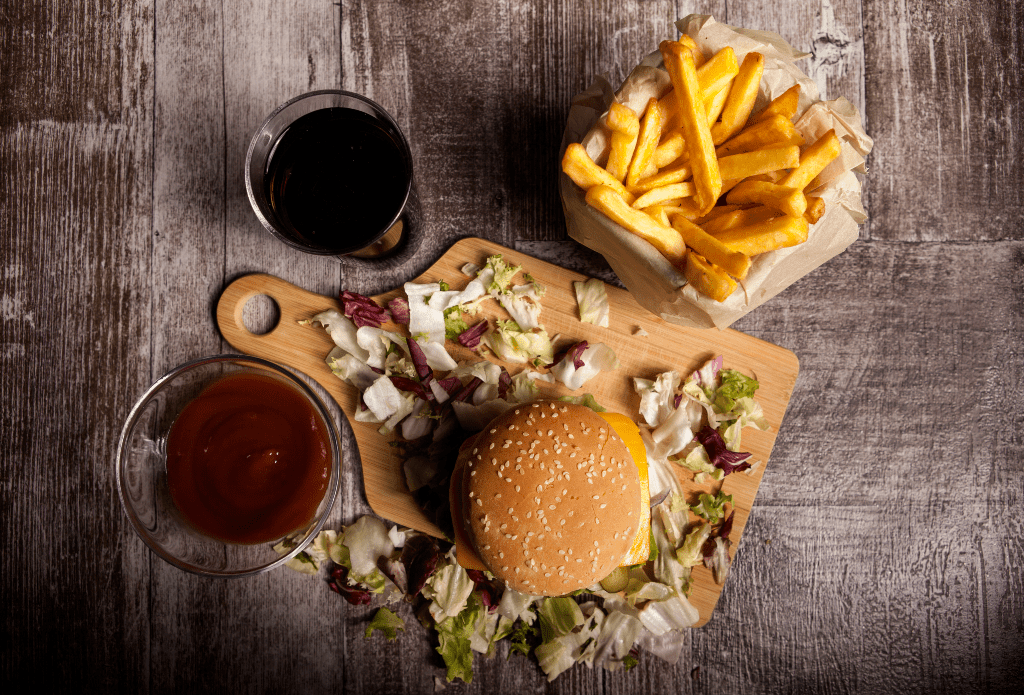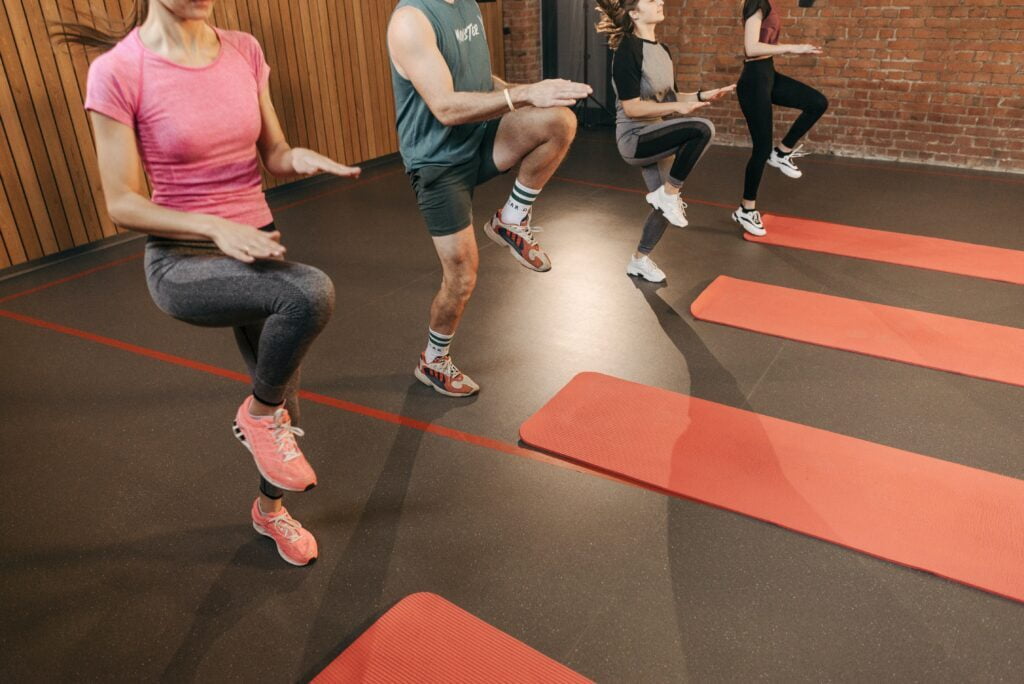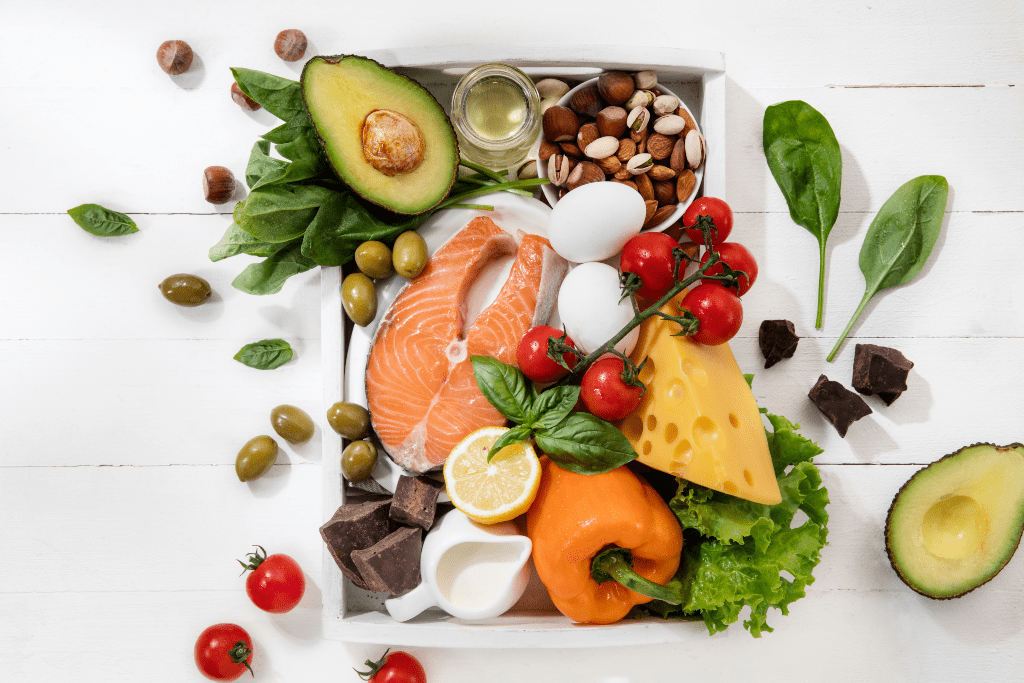
Cholesterol is a waxy, fat-like substance naturally produced by your body. It is used to build cells and certain hormones and, in the proper amounts, supports good health.
Cholesterol comes from two sources:
1. Your liver
2. Foods derived from animals
Meat, poultry and full-fat dairy products all contain cholesterol, called dietary cholesterol. These same foods are high in saturated and trans fats. These type of fats cause your liver to make more cholesterol than it otherwise would. For some people, this added production means they go from a normal cholesterol level to one that’s unhealthy.
Cholesterol in your blood is carried through your body on lipoproteins:
· Low-density lipoprotein (LDL) - also referred to as “bad” cholesterol
· High-density lipoprotein (HDL) - aka “good” cholesterol.
Elevated levels of “bad” LDL cholesterol cause plaque to build up in your blood vessels. Plaque are fatty deposits. A buildup of plaque may lead to heart attack, stroke, or other health problems.
Elevated levels of “good” HDL cholesterol may lower your risk for health problems. HDL cholesterol carries cholesterol and plaque buildup from your arteries to the liver, so it can be flushed out of the body.
Unhealthy cholesterol levels are often caused by lifestyle habits, such as unhealthy eating patterns, smoking or not getting enough physical activity. Sometimes, higher cholesterol levels can be caused by genetics.
Preventative, routine blood screenings can show whether your cholesterol levels are within the normal range.
To help get your cholesterol levels into the healthy range, you may need heart-healthy lifestyle changes or medicines.
Here are 3 ways you can positively impact your cholesterol today:
1. Boost Omegas
These include foods like fatty fish (salmon, tuna), can increase HDL cholesterol, as do raw nuts, seeds and extra-virgin olive oil.
View our Heart Healthy Recipe Guide for more options to incorporate into your diet to boost your heart health.
2. Limit Trans Fats
A diet rich in trans fats raises LDL and lowers HDL. Omit processed foods like chips, fried foods, baked goods & pizza.
3. Exercise Regularly
A regular exercise routine can lower LDL cholesterol and boost HDL cholesterol. Aim for 150 minutes of exercise/week to achieve optimal health benefits. Research shows that High Intensity Interval Training (HIIT) workouts positively impact Cholesterol, lowering LDL and increasing HDL levels.
As always, speak with your doctor or medical practitioner for a treatment plan that is right for you.
Want to learn more? Check out the links below for more helpful resources!
Heart Health Recipe Guide
We scoured the web looking for recipes that are not only delicious, but quick to make and require only a few ingredients.
High Intensity Interval Training
"I don't have time!" is one of the top reasons for not exercising. High intensity interval training challenges this barrier.



